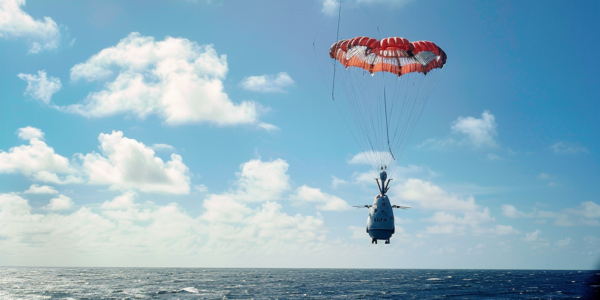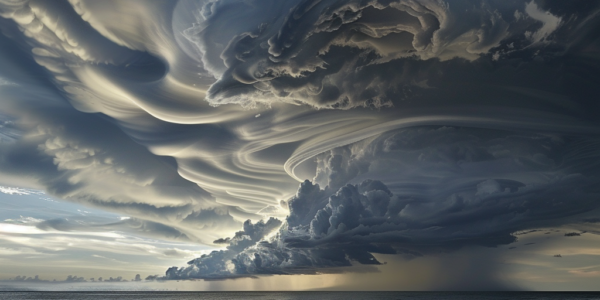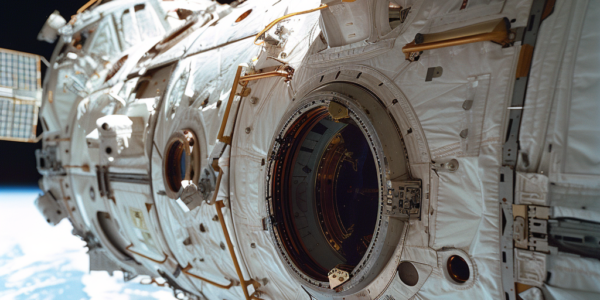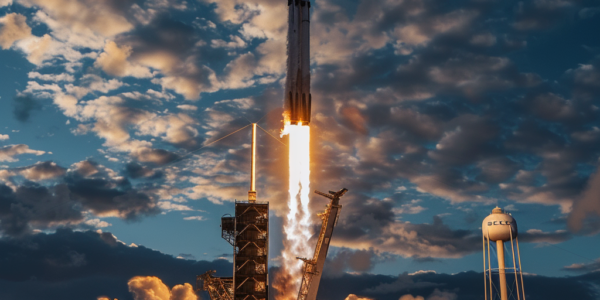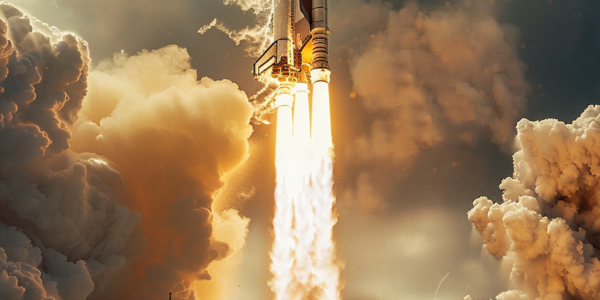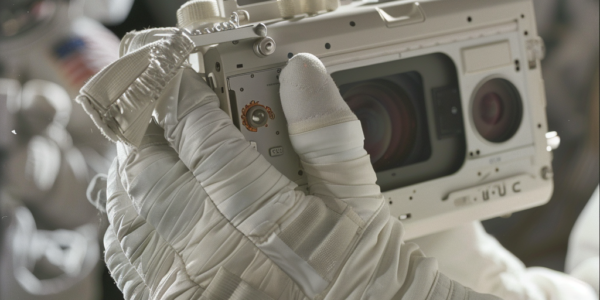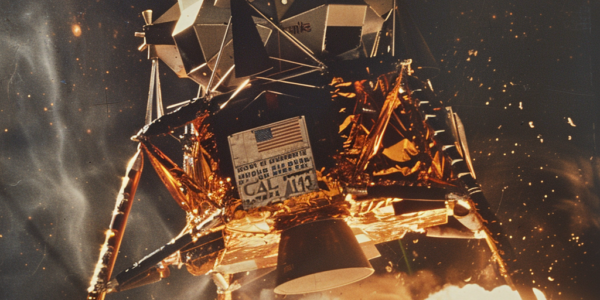NASA Reports Serious Issue with Voyager 1, Farthest Man-Made Object in Space
NASA reported that Voyager 1, the farthest man-made object in space, has encountered a serious issue, leading to the loss of its ability to send engineering and science data back to Earth. The recent malfunction in Voyager 1’s computer system has raised concerns at NASA, posing a significant challenge for the continuation of the mission. If the issue persists, it could mark the end of an era for Voyager 1, signifying the conclusion of an extraordinary journey that has contributed immensely to scientific knowledge and inspired countless individuals to explore the cosmos.
NASA Releases First-Ever Tabletop Role-Playing Game, The Lost Universe
NASA surprises the gaming community with the release of its first-ever tabletop role-playing game, The Lost Universe. The game combines education, science fiction, and fantasy, featuring a storyline involving the theft of the Hubble Space Telescope by a dragon. Set on the planet Exlaris, the game incorporates educational aspects, emphasizing the importance of the telescope and scientific concepts. The release has generated excitement within the gaming community, showcasing NASA’s commitment to promoting scientific learning in innovative ways.
NASA’s Artemis II Crew Set to Return to Earth After Mission Around the Moon
NASA’s Artemis II crew members, including astronauts Reid Wiseman, Victor Glover, Christina Koch, and Canadian Space Agency astronaut Jeremy Hansen, are set to return to Earth after a nearly 10-day mission around the Moon. A joint NASA and Department of Defense team will retrieve them from the Orion spacecraft and transfer them onto a naval ship in the Pacific Ocean. The intricate recovery operations demonstrate the meticulous planning and coordination required for the safe recovery of astronauts and spacecraft from deep space missions.
Mysterious Cloud Formation Over Gulf of Mexico Explained by Scientists
On January 30, 2024, NASA’s Terra satellite captured an intriguing cloud formation over the Gulf of Mexico, sparking debates about extraterrestrial activity. However, scientists have provided a grounded explanation, revealing that cavum clouds are the result of airplanes moving through altocumulus clouds. This scientific insight dispels the notion of otherworldly origins and offers a fascinating glimpse into the intricate processes at work within Earth’s atmosphere.
NASA Monitoring Increased Air Leak in Russian Space Station Module
NASA is closely monitoring an increased air leak in a Russian International Space Station module, which has doubled in magnitude. Despite the concerning increase, the space agency has assured that it does not pose a safety risk. The leak, located in a vestibule known as PrK, has been extensively analyzed and previous attempts to address the issue have been made. NASA and its international partners are actively working to ensure the continued safety and functionality of the International Space Station.
NASA and SpaceX Conduct Successful Testing of Starship HLS Docking System for Artemis Missions
NASA and SpaceX have completed full-scale qualification testing of the docking system for the Starship Human Landing System, a critical milestone in NASA’s Artemis campaign to establish a sustainable human presence on the Moon. The system, based on SpaceX’s Dragon 2 active docking system, will enable crewed Artemis missions to the lunar surface, with astronauts transferring between spacecraft to carry out lunar landings and return to Earth. The recent testing at NASA’s Johnson Space Center validated the computer models of the Moon lander’s docking system, demonstrating the system’s ability to perform a ‘soft capture’ while in the active docking role. This achievement underscores SpaceX’s commitment to the Artemis mission and NASA’s goal of landing the first woman, the first person of color, and its first international partner astronaut on the lunar surface.
SpaceX Successfully Launches New Batch of Starlink Satellites
SpaceX successfully launches 23 Starlink internet satellites into orbit from Florida’s Space Coast. This mission, known as Starlink 6-40, marks the 11th flight for the Falcon 9 first stage and is part of SpaceX’s ongoing effort to build a megaconstellation for global, high-speed internet access. The successful deployment of the Starlink satellites is a significant step forward for SpaceX as it continues to expand its presence in space and work towards its goal of providing worldwide internet coverage.
Packed Space Launch Schedule for March
This week’s space launch schedule is packed with four exciting flights, including the launch of Crew-8 to the International Space Station (ISS) from Florida, the Starlink 6-41 from Cape Canaveral, Transporter 10 from Vandenberg Space Force Base, and the debut of a new small satellite launcher from Japan. Crew-8, set to launch on March 3, will carry three NASA astronauts and one Roscosmos cosmonaut to the ISS for a six-month mission. The packed launch schedule promises an exciting start to the month of March, with multiple missions set to further humanity’s exploration of space and contribute to ongoing research and operations aboard the ISS.
NASA and Nikon Inc. Collaborate to Develop Next-Generation Camera for Lunar Missions
NASA has partnered with Nikon Inc. to develop a specialized handheld camera for the upcoming Artemis campaign. The camera will be used by astronauts during their mission to the lunar South Pole, featuring specialized capabilities to manage extreme lighting and temperature conditions. This groundbreaking collaboration aims to enhance space exploration and scientific research, marking a significant milestone in NASA’s imaging technology.
A Historic Event: A Texas Company’s Spaceship Set to Land on the Moon
A historic event is about to unfold as a spaceship built by a Texas company is set to make a lunar touchdown on Thursday, marking America’s return to the Moon after more than five decades. This achievement, spearheaded by the private sector, is anticipated to be a significant milestone. Let’s take a trip down memory lane and revisit some notable attempts, both successful and unsuccessful, at landing on the Moon.



